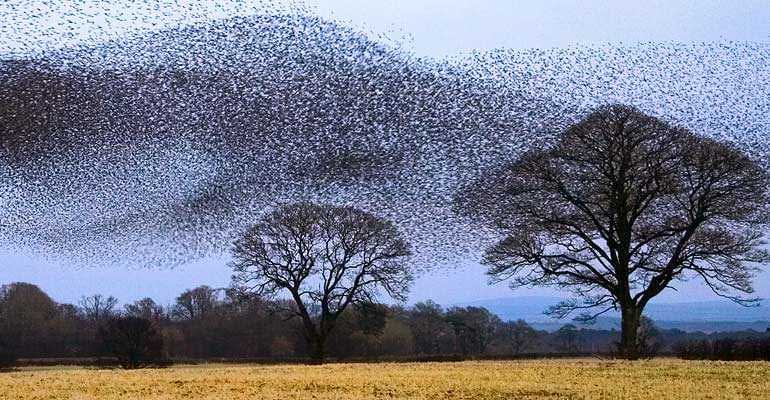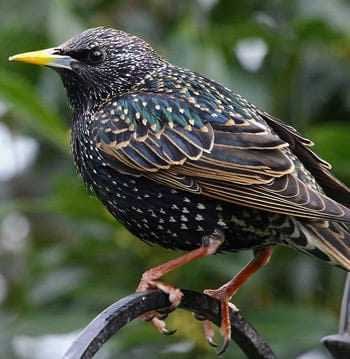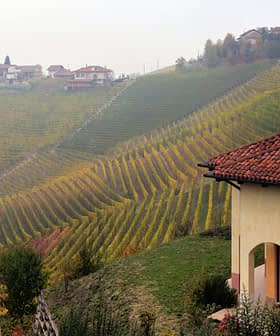After the Olive Fruit Fly and Bacterial Blight, the Dreaded Starling
After the olive fruit fly and bacterial blight, starlings threaten Italian olive oil oil, in Apulia in particular.
Local congressman Giovanni Epifani, in a note addressed to the Regional Councilor for Agriculture and the Apulian members of the European Parliament, said: “I would demand a permanent decision to insert the sturnus volgaris (common starling) among the huntable bird species, in order to limit the serious damages that this wild bird is causing to Apulian agriculture.”
Starlings are able to eat up to 5 kilos of olives per day and present a real threat to farmers. Their presence in Italy is not new: these birds settle in Southern Italy (especially in Apulia and Sicily), although damages have been reported in Emilia-Romagna and Abruzzo where they find sustenance in the farmlands, vineyards and olive groves.
In addition to raiding crops, the starlings, moving in flocks of thousands, blemish vegetables and fruits with droppings, making them no longer marketable.

Flock of Starling
Epifani explained: “The question must be foremost addressed to the EU because the goal needs to be the inclusion of common starlings among the huntable species throughout the hunting season. An EU Directive (79/409/EEC) actually sets a general system of protection for all species of starling, by inserting, incorrectly, the sturnus volgaris among the protected species, thus causing its excessive and uncontrolled proliferation.”

The Common Starling (Wikipedia)
In order to support farmers, in 2010 and 2011, the Apulia Region authorized a derogation of the ban on hunting (a necessary measure to avoid infringements of the European regulations), but the situation has been getting worse from year to year.
“I ask that the Department of Agriculture makes starlings huntable as soon as possible,” Epifani said, “and, by a joint action of Apulian MEPs, the European legislators permanently fix this error causing many problems to the Italian farmers.”
Meanwhile, there is little relief in this “Black Year” for Italian olive oil with challenges seeming to fly in from every direction.









